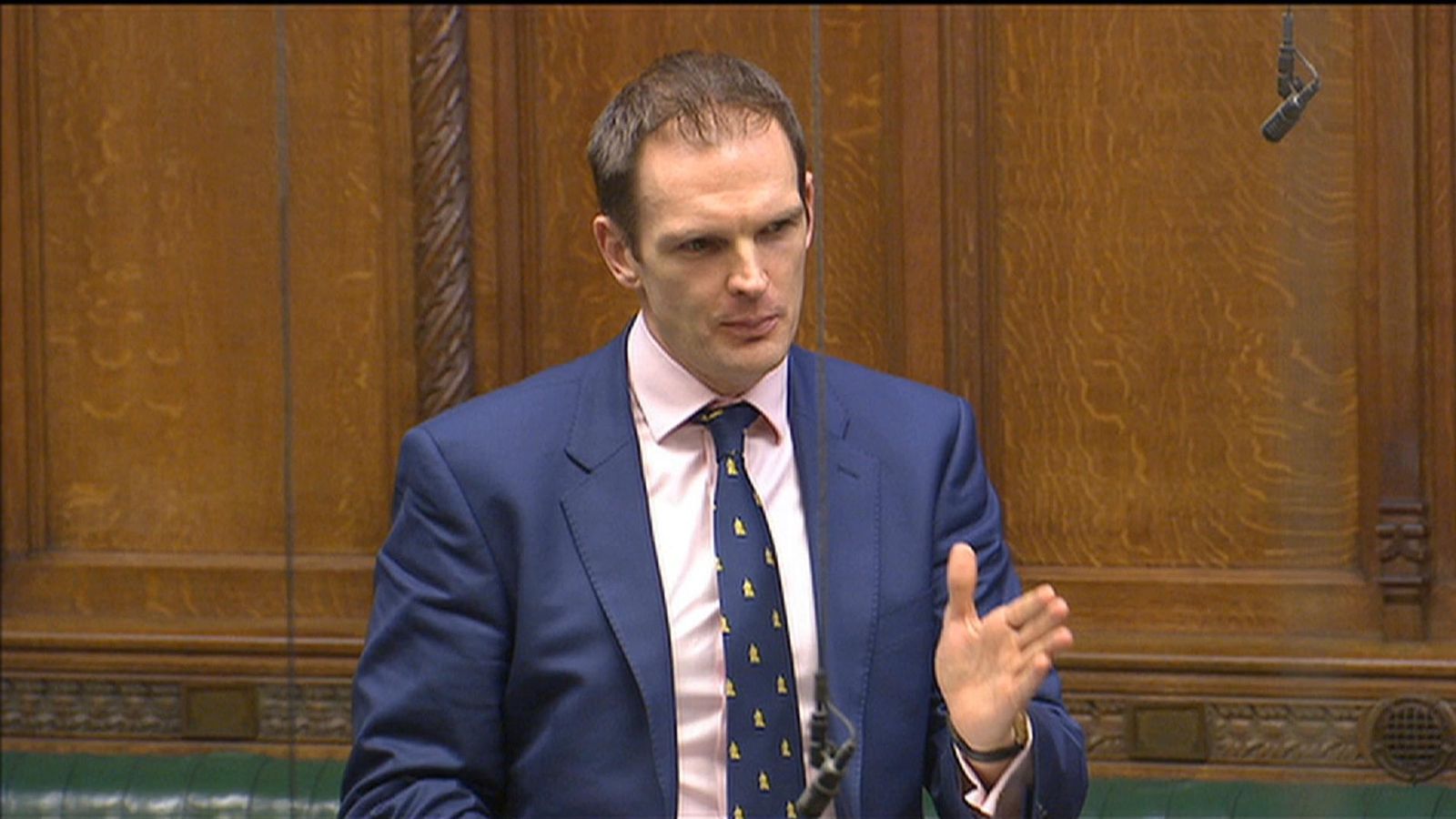At a critical moment as environmental problems increasingly affect human survival, the world realizes that “carbon neutralization” is a necessary step to slow global warming. Statistics show that more than 120 countries and two-thirds of economies have joined the great “carbon neutral” transformation.
Currently, CO2 emissions trading is seen as an effective instrument for countering climate change with the market mechanism. The carbon dioxide emission quota of the main greenhouse gas allows government agencies to control the total amount of the CO2 emission quota, so that the emission control companies involved in the market are limited by the CO2 emission quota, and then through the introduction of the trading mechanism, the optimal allocation of resources can be achieved. Therefore, many countries have initiated the Eco-Chain Alliance to focus on the application of blockchain in key application scenarios such as the ecological network for carbon trading. It can be said that blockchain technology has great application value to achieve the goal of CO2 neutralization in the future.
The CNT Foundation establishes a carbon trading agreement, a public blockchain system that focuses on carbon neutrality and carbon emissions trading. The CNT Foundation believes that blockchain technology can better resolve the fundamental contradictions in the carbon emissions market. Similarly, carbon emissions trading and offsetting can mitigate the negative problems that the blockchain POW consensus mechanism poses for the external environment.
Blockchain technology enables CNT to set up a traceability application for the entire supply chain and fully assess the carbon footprint of suppliers to assess whether it can be integrated into its own supply chain system. Companies in the supply chain can also capture and analyze their carbon emissions performance through traceability data to reduce carbon emissions, improve energy efficiency and optimize business to achieve carbon neutralization.

Applying blockchain traceability can also improve the transparency of the industry and supply chain. With transparent and reliable data, companies can make effective CO2 disclosure and formulate appropriate CO2 compensation systems in order to implement the real CO2-neutral supply chain and the negative CO2 supply chain.
Using blockchain and data protection computing technology, information can be verified but made invisible. With the data owner’s private key signature authorization, data access rights can be temporarily granted to certain potential partners, upstream and downstream companies and external regulatory authorities to review CO2 emissions. All quantifiable CO2 emission data can be securely exchanged in this way.

Once corporate data security concerns are resolved, carbon emissions data can be disseminated and shared on an industrial scale and the real value of the data can be unlocked. This will drive the process to achieve the goal of carbon neutrality.
If we want to reduce greenhouse gas emissions to avoid a two-degree rise in temperature and worse climate change, we need to make fundamental technological innovations. Although emissions trading markets are potential solutions, they need to be improved in order to achieve some level of meaningful emissions reduction in terms of market efficiency and market size. Although blockchain technology can theoretically improve these markets, no suitable networks have been developed that can promote this market transformation. In addition, the blockchain network (the most popular blockchain in the past) has no design to reduce the impact on the environment. In terms of decentralization and sustainability, the CO2 trade agreement has therefore developed into a blockchain carbon sink trading network with CO2 neutralization as the core.
By activating the CO2 trading agreement, the customers in the network contribute to their CO2 neutralization through their transaction fees. The transaction fees will be concentrated to buy real and verifiable carbon sink assets and then offset the carbon trace of the carbon trading agreement to ensure their deneutralization, carbon trading, carbon neutralization and storage of carbon assets. The process is transparent and overseen by various community governance actors including CNT owners, verifier nodes and elected committee members who are encouraged to ensure the security and reliability of the network.

The implementation of “CO2 neutralization” is one of the great future trends. As a new generation of subversive core technology after steam engine, electricity and the internet, the unique personality of the blockchain will play a key role in the CO2 trading market. By applying blockchain technology, the size of the global carbon trading market could exceed trillion dollars in the near future. It can be said that there is still a lot of room for development.





























